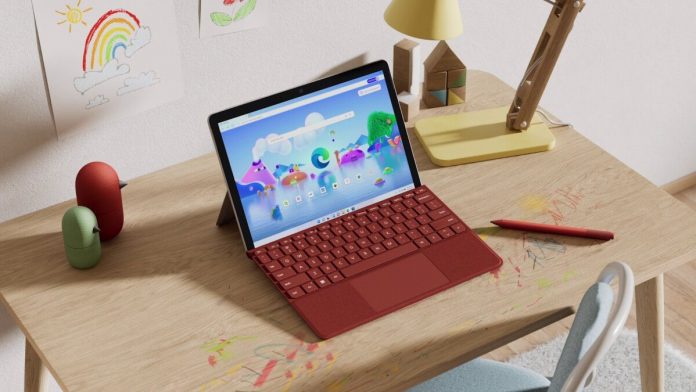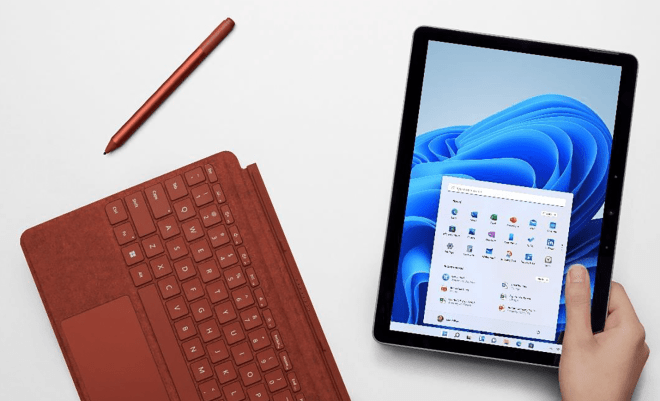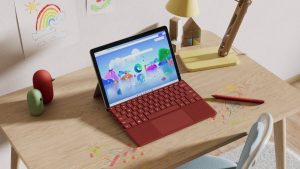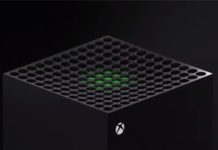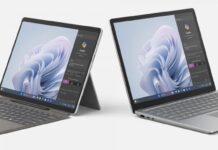Microsoft has introduced the Surface Pro 8, Surface Laptop Studio, and the new Surface Duo 2. The Surface Go 3 receives a minor upgrade with new CPUs and Windows 11.
As previously reported, the Microsoft Surface Go 3 is a straight CPU update for Redmond’s smallest 2-in-1 tablet. The smartphone has a 10.5-inch PixelSense display with 1920×1280 pixels resolution and a 3: 2 aspect ratio. The display features a 1500:1 contrast ratio and a Gorilla Glass 3 cover.
The main changes are under the hood: Microsoft is replacing the current processors with Intel Pentium Gold 6500Y and Core i3 -10100Y. The two two-core SoCs operate at 1.1 and 1.3 GHz. They reach a turbo frequency of 3.4 or 3.9 GHz to make additional power accessible quickly.
Specs:
The base model features 4 GB RAM and 64 GB eMMC storage, while the more costly variants include 8 GB RAM and 128 or 256 GB internal SSD storage. Unlike the bigger Surface versions, there are no “exchangeable” SSDs installed.
Microsoft intends to provide the Surface Go 3 with an LTE option later on, which may utilize an eSIM or a NanoSIM. The manufacturer claims an 11-hour battery life, however, in reality, and with vigorous usage, the battery life is likely to be a little shorter.
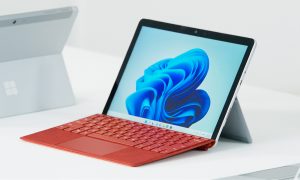
The Surface Go 3 has the same 5-megapixel front camera for 1080p video chats and an 8-megapixel rear camera with autofocus and full HD capability. The Surface Go 3 supports NFC in business editions, but not in consumer ones.
Microsoft plans to release the updated Surface Go 3 in Germany in the next weeks, but the LTE version will take longer. Windows 11 is always preinstalled. Microsoft’s choice to merely offer the same pictures with a new screen backdrop rather than requiring fresh photographs shows how little has changed.
Pre-orders for the Surface Go 3 start at 439 euros (Rs.38,000/-) for consumer users and educational institutions, and 539 euros (Rs.47,000/-) for corporate users.


